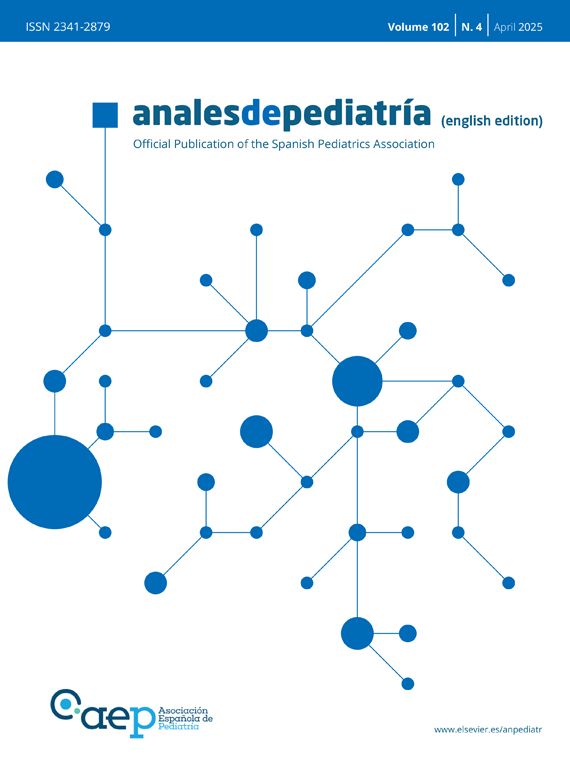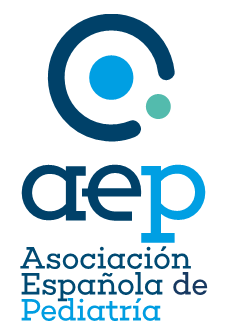A boy aged 14 years visited the emergency department due to bleeding from a purplish red papule located at the base of the third finger of the right hand (Fig. 1) caused by trauma to the lesion. The patient denied a history of trauma preceding the development of the lesion, which had grown progressively in recent weeks. The initial management was electrocoagulation at the bleeding point by the surgery department, after which the patient was managed in the dermatology department.
The care team made a clinical diagnosis of pyogenic granuloma (lobular capillary hemangioma) and prescribed topical treatment with application of a drop of timolol 0.5% on the lesion in the mornings, combined with nocturnal application of table salt directly to the lesion (protecting the surrounding area with petroleum jelly and covering with a dressing) . The patient attended a follow-up visit in the outpatient pediatric dermatology clinic at 3 weeks of treatment, at which point the lesion had healed completely (Fig. 2).
Combined treatment with topical beta-blockers and table salt offers an excellent alternative to surgery for management of pyogenic granuloma.1,2 Given the size of the lesion, we considered that the antiangiogenic effect of the beta blocker would complement the dehydrating effect of the salt, thus enhancing its efficacy and accelerating the response to treatment. This approach prevents invasive intervention and usually achieves good functional and cosmetic outcomes, with the lesion resolving, as was the case of our patient, without scarring.








